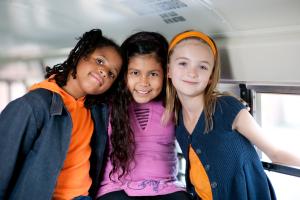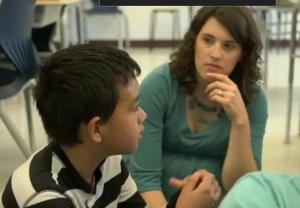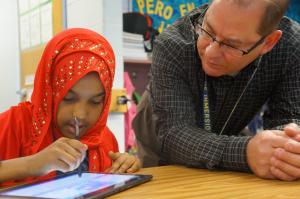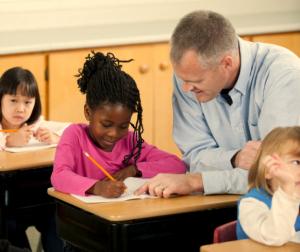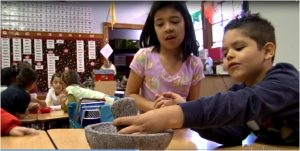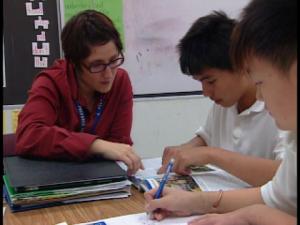What is a student at a beginning level of learning a new language able to do? How about a student who is more advanced? Language proficiency standards set guidelines for students' language development and are chosen at the state level.
Being bilingual has lots of great benefits for children and adults. Bilingual and dual-language programs are one way to help children become bilingual or to maintain their languages. Learn more from the resources below.
One of the most important steps that teachers can take to help their English language learners (ELLs) succeed is also one of the most basic: getting to know their students. Even students at the beginning stages of learning English can share information about their families and experiences. Learn how to get started from the ideas in these resources.
These resources offer educators ideas for building upon ELLs' strengths and experiences, fostering a welcoming and inclusive environment for all students, and celebrating diversity through children's literature.
What do students have to say about their experiences and hopes for the future? Get a first-hand look from these essays and videos.
The first year of working with ELLs can be full of challenges. Fortunately, there are a number of resources to help! Colorín Colorado has compiled this list to help new ELL teachers navigate their experiences in the classroom. These resources may also be helpful for veteran teachers who are new to teaching ELLs.
Many English language learners (ELLs) can speak English confidently in the lunch room or on the playground, yet when it comes time to read, write, or give a class presentation, they need more practice with the skills required to complete their work suc
Teaching vocabulary to English language learners (ELLs) is an important part of students' language development, but making the most of vocabulary instruction requires careful planning.
English language learners (ELLs) in early elementary school are learning to read at the same time as their other classmates.
Being able to understand non-fiction text (also called informational text) is critical for academic success, especially as students get older.


